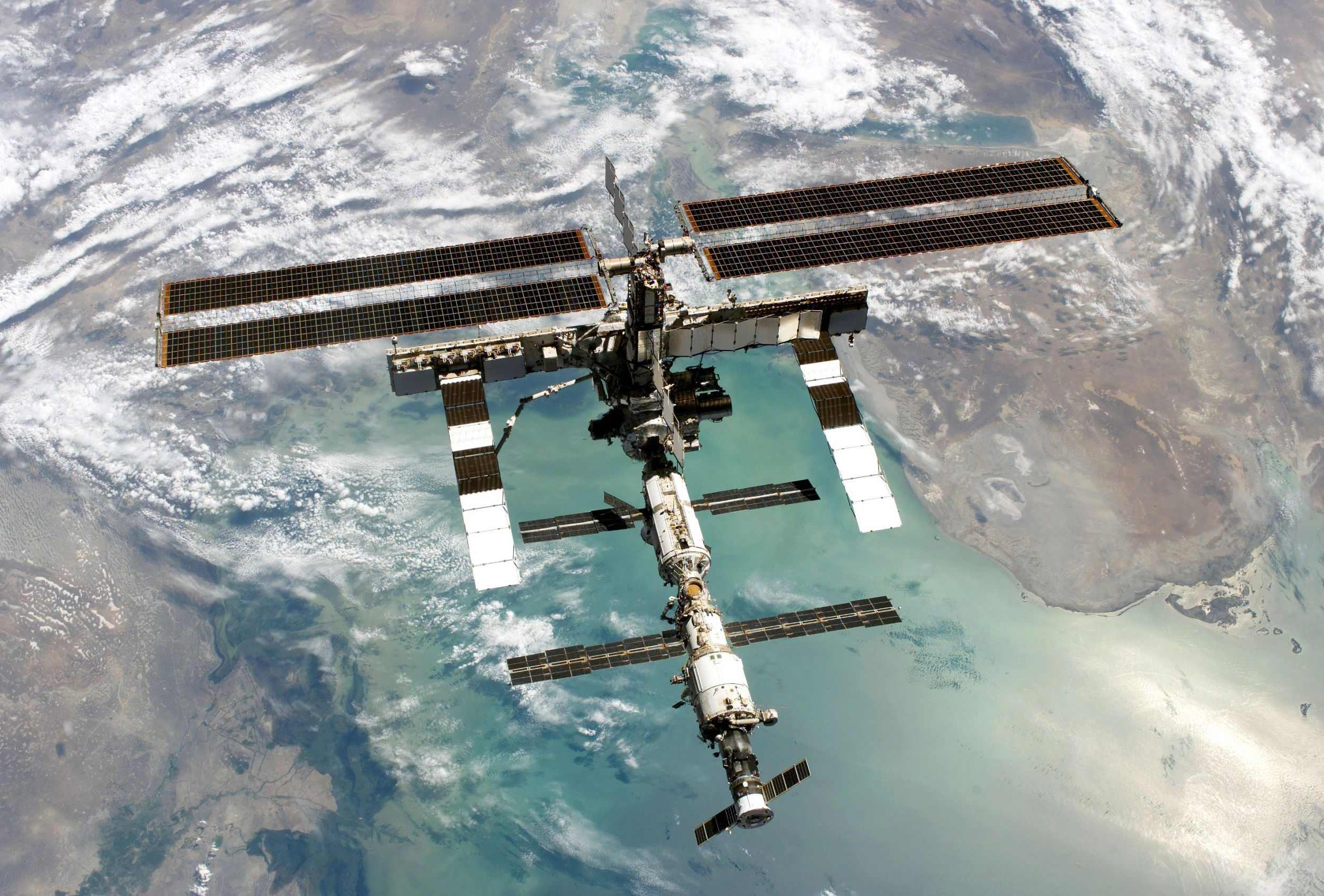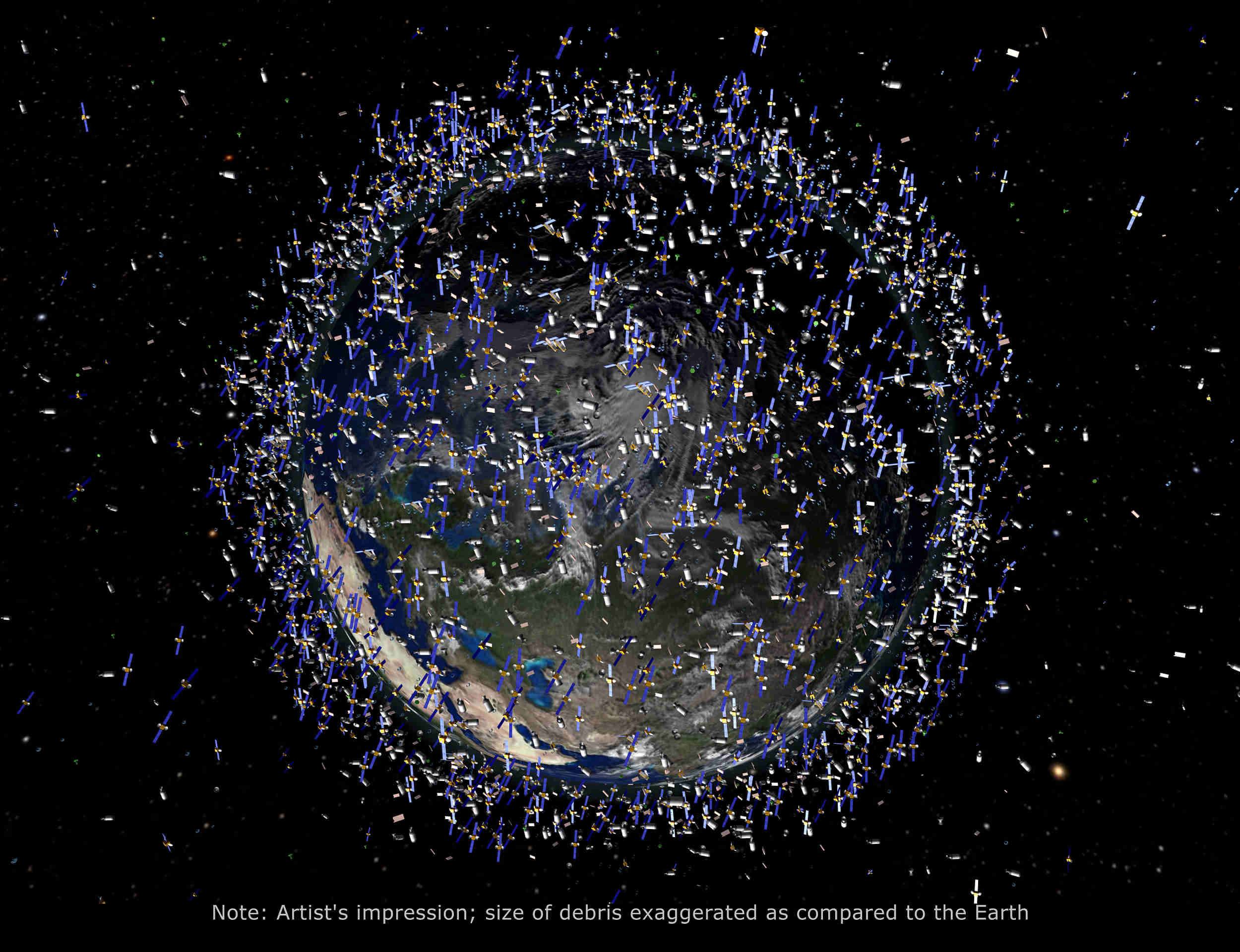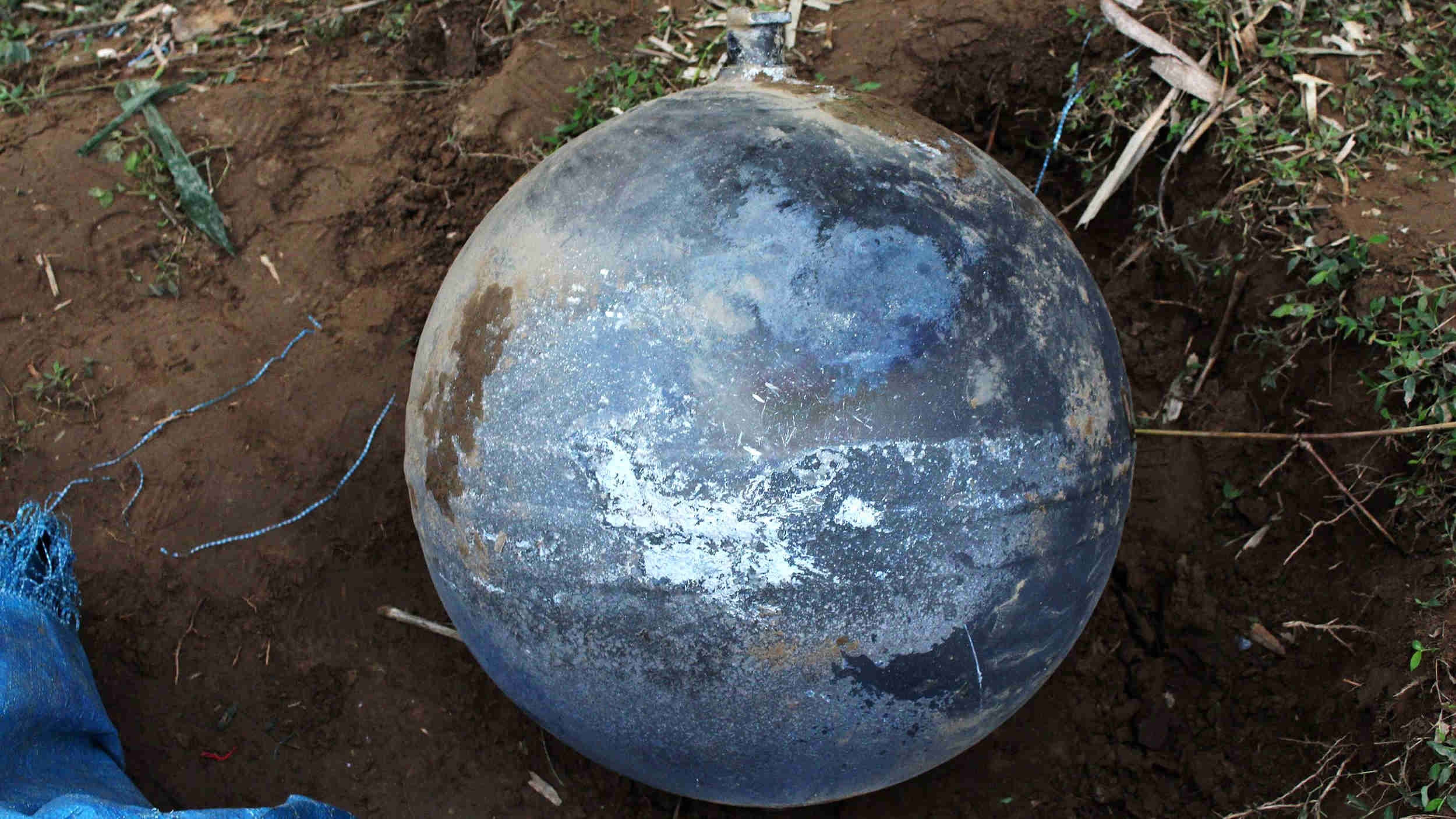The growing amount of so-called "space junk" orbiting the Earth could lead to catastrophic collisions with satellites, hurting economies, researchers warned on Wednesday ahead of a summit to coordinate efforts to remove the debris.

The International Space Station flies over the North Caspian Sea. /VCG Photo
There are an estimated 170 million pieces of "space junk" in left in orbit after space missions. Some can be as big as the discarded stages of rockets, while others are as small as paint flakes.
But only 22,000 are tracked, and with the fragments able to travel at speeds in excess of 27,000 kmh (16,777 mph), even tiny pieces could seriously damage or even destroy satellites.
"The space junk problem has been getting worse every year," Ben Greene, head of Australia's Space Environment Research Center which is hosting the two-day conference of international space environment scientists in Canberra, told AFP.
"We're losing three or four satellites a year now to space debris collision. We're very close, NASA estimates, of within five to 10 years of losing everything."

This image from the European Space Agency shows trackable objects orbiting the Earth. /VCG Photo
Greene said that "a catastrophic avalanche of collisions which could quickly destroy all orbiting satellites is now possible", noting that more collisions were creating extra debris.
With society heavily dependent on satellites for communications and navigation, and powering key industries such as transport, finance and energy, the growing cosmic junkyard could threaten economies.
"The Australian economy is entirely dependent on space," Greene said. "We're a big country with few people and the only way we can service it, whether it's with surveillance, safety or search-and-rescue, is from space."
The barriers for building spacecraft have also been falling, making it easier for private firms to launch their own objects, said space debris expert Moriba Jah from the University of Texas.
"I believe that we are certainly on a path to what I call a tragedy of the commons," he told the Australian Broadcasting Corporation, adding that a major collision was "inevitable" unless action was taken to tackle the problem.
"You've driven on the roads here when you have a lot of mist or fog, and you have to go really slow, and you just don't know what's really around you. That's the perfect analogy to space right now," Jah said.

A metal ball which landed in northern Vietnam on January 8, 2016 is believed to be space junk. /VCG Photo
Ben Greene said scientists are developing technologies set to be operational in 18 months to track all debris so spacecraft can navigate safely around them.
Another idea in the works is Earth-based high-powered lasers that could be fired into space to "push the debris around a little bit", with the program 75% percent ready, he added.
An experimental Japanese mission to clear space junk using an electrodynamic "tether" to slow down the orbiting rubbish and bring it into a lower orbit ended in failure in February.
(Source: AFP)
Related story:









